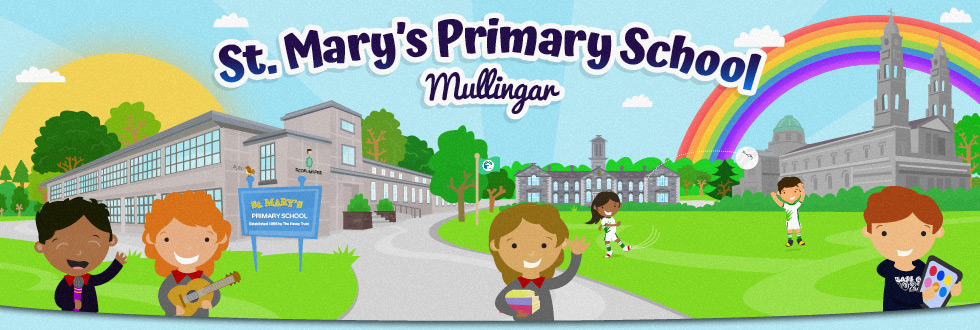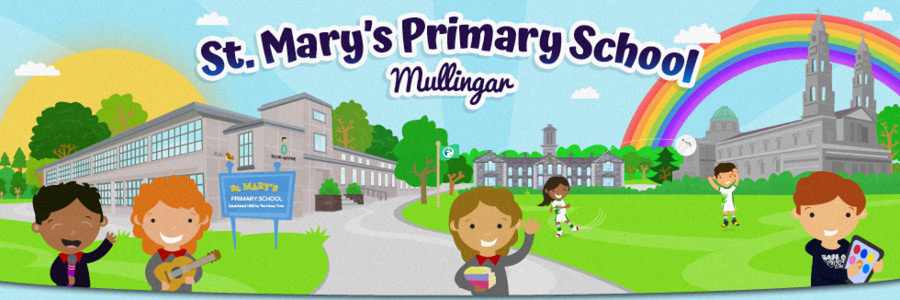Guided Reading
“The ultimate goal of guided reading is to help children learn how to use independent reading strategies effectively” (Fountas and Pinnell 1996:2)
“Guided Reading”, also known as “Power-Hour” or “Literacy Lift Off”, is an intensive programme of Reading and Writing, which gives the pupils lots of opportunities to read books at their own level of competency. It gradually lifts the complexity of what they can do in both reading and writing by equipping them with the necessary problem-solving skills. Pupils on the programme would typically be expected to progress at the rate of one level per week.
The aim of Guided Reading is to make pupils constructive learners. It teaches them ‘how’ to problem-solve independently.


Above: Part of the huge store of books for the Guided Reading Programme.
It is implemented in the Junior and Middle classes in Primary School. Diverse activities are essential for extending literacy processing power. Hence, the pupils work in ‘stations’ to carry out a number of activities in reading and writing, under the guidance of teachers and Special Needs Assistants. The programme uses specially graded “PM+” readers. Pupils are assessed and grouped according to their reading ability prior to the commencement of the programme.
Left: Level 20 books (30 levels in all)

Why is Guided Reading Important?
• Enables teachers to learn about the processes involved in learning to read
• Provides a bridge to successful independent reading
• Provides lots of opportunities for children to read texts at appropriate level
• Enables teachers to critically evaluate and choose appropriate reading material
Components of Guided Reading Lesson
1. Book Introduction
2. Strategy Check
3. Independent Reading
4. Return to the Text
5. Response to the Text
6. Re-reading Guided Text
Strategy Check
Consolidating various strategies for…….
• Word attack skills
• Comprehension
Independent Reading
• Remind children of the skills they will be using
• Reading aloud or silent reading (pace, expression, rate, fluency, intonation)
• Teacher supports the child in specific areas
Return to the Text
• Revisiting and consolidating one or two teaching points in the text
• Effective question (literal, inferential and evaluative)
Response to the Text
• Reading and talking about the text are the heart of the guided reading lesson.
• Critical thinking through discussion.
Re-reading the Text
• Re-reading is crucial in the guided reading lesson.
• Re-reading can be done in school as a familiar reading lesson and it will be sent home to be read as homework.
St. Mary's Primary School, College Street, Mullingar, Co Westmeath | Phone: 044 9341517

